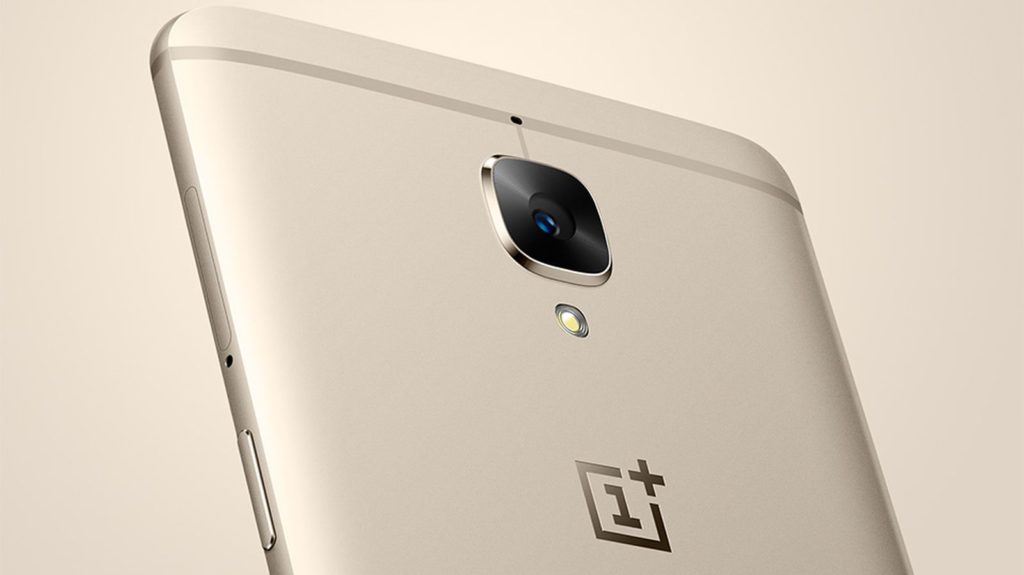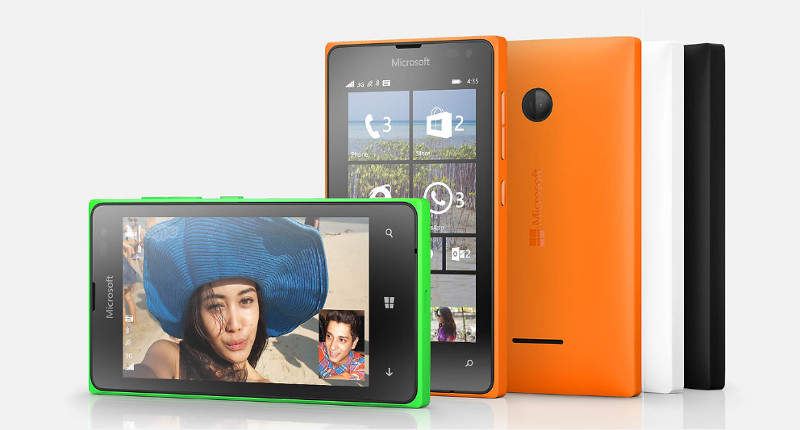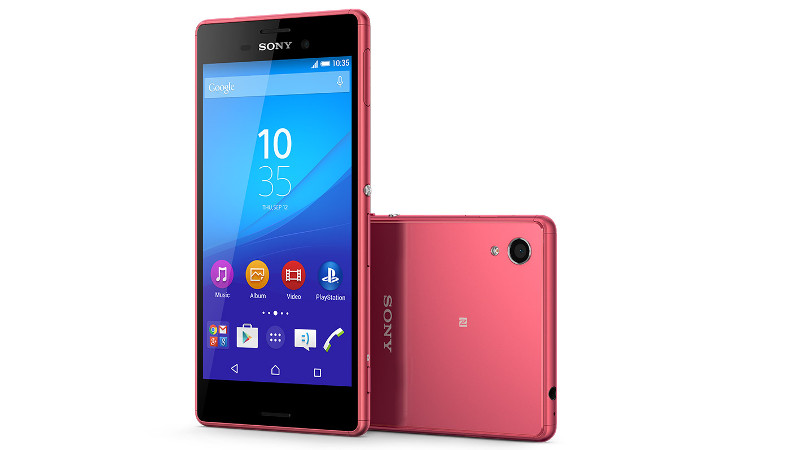Five years ago, launching a decent streaming platform took millions. Now? A teenager with a laptop can build something that reaches millions. That shift…
Gearburn’s definitive guide to Snapdragon smartphones [Update]

We’ll be periodically updating this article as more Snapdragon chips get announced.
From general tasks to 4K video support, your smartphone’s processor plays a big part in the overall experience. And Qualcomm’s Snapdragon range powers scores of smartphones around the world.
Not all of these chips are created equally though, so we looked at what you should be paying for phones with Snapdragon processors. Do bear in mind that some phones might fall above our pricing guidelines, owing to manufacturer greed, notable hardware features or other factors.
The entry-level processors: Snapdragon 200 series

The Snapdragon 200 series, including the 200, 208, 210 and 212 processors, are the cheapest Snapdragon processors in widespread use.
These chips mainly use A7 cores in either dual- or quad-core flavours, topping out at 1.4Ghz. The A7 cores are ancient by today’s standards, having been replaced by more powerful but still frugal 64-bit A53 cores. In other words, the phone will sweat when it comes to the latest and most technically advanced games.
In terms of camera support, the Snapdragon 200 series tops out at 8MP, so don’t expect a great photography experience with phones using this range. The range also tops out at 720p for screen resolution and 720p for video recording.
Phones: The Snapdragon 200 series is used in many entry-level smartphones, such as the Microsoft Lumia 550 (210), Lumia 650 (212), the first-gen Moto E (200) and the Huawei G6 (200). Most recently, FNB’s ConeXis X1 (210) and Vodacom’s Smart Prime 7 (210) have used this range.
Price: Generally speaking, expect to pay between R1000 and R2500 for a phone with a Snapdragon 200-series chip. Any higher and they really should be equipped with the next range of Snapdragon chips on the list.
TL;DR: Phones with these chips are generally one step above the MTN Steppa or Vodacom Smart Kicka in terms of performance. In other words, they’ll do the day-to-day stuff just fine and you can play basic games on them. But you won’t be playing the latest, most advanced games or recording full HD video.
A little better: Snapdragon 400 series

One step above the Snapdragon 200 series is… no, not the 300 range. We actually have the Snapdragon 400 processors, offering better performance with a corresponding price increase.
This range is comprised of the Snapdragon 400, Snapdragon 410, Snapdragon 412, Snapdragon 415, Snapdragon 425, Snapdragon 427, Snapdragon 430, Snapdragon 435 and the new (as of August 2017) Snapdragon 450.
The 400 isn’t used anymore for the most part, but is unarguably the most successful chip of the lot, coming in either dual-core Krait (Qualcomm’s core design) or quad-core A7 flavours. This was succeeded by the Snapdragon 410, opting for a modern 64-bit quad-core design, using A53 cores.
Read more: A beginner’s guide to smartphone jargon
Aside from the Snapdragon 425 and 427, the rest of the 400-series chips are comprised of modern octacore 64-bit A53 designs, providing a kick in the pants over all the Snapdragon 200 chips and the vanilla 400. But still not quite at the power level of the Snapdragon 600 series…
As for camera, display and video recording capabilities, the base Snapdragon 400 supports up to 13.5MP camera resolution, while the Snapdragon 435 supports 21MP cameras. Phones with these chips top out at about 1920×1200 for resolution, but you won’t be seeing 4K video recording here (these chips top out at 1080p/30FPS). Oddly enough, the new Snapdragon 450 only tops out at 13MP for the main camera, but packs 1080p/60fps recording, USB 3.0 support and better power efficiency.
Phones: The base Snapdragon 400 chip is perhaps the most popular mobile processor ever made, being used in the HTC One Mini/One Mini 2, Samsung Galaxy S4 Mini, Lumia 625/630/640/640XL/730/735/830/1320 and Motorola Moto G. The Snapdragon 410 isn’t nearly as popular, but can be found in a few high-profile devices, such as the LG X Screen, Galaxy A3, Galaxy A5, HTC Desire 510/620, newer Moto E and Moto G, the Wileyfox Swift and the Xiaomi Redmi 2.
Price: You can find phones with the 400-series processor for under R2000, as evident by the Redmi 2, but expect to pay between R2000 and R3500 otherwise. One notable exception is the HiSense KO, which offers a Snapdragon 430 415 processor but delivers 32GB of storage, 3GB of RAM and a waterproof design for R3999. Trade-offs have to be made somewhere…
TL;DR: Phones with these chips tend to offer a good balance between price and performance, veering more towards a cheaper price than faster performance. Don’t expect max quality in the latest games or fancy video/photo features beyond HDR and full HD recording.
That “upper mid-range” experience: Snapdragon 600 series

Now we’re approaching something that’s closing in on (but not quite reaching) flagship territory.
The Snapdragon 600 range of processors was actually used in flagship phones before, in the form of the original HTC One and several variants of the Galaxy S4 (using the original Snapdragon 600).
In 2016, the powerful hexacore Snapdragon 650 was used in the Redmi Note 3 and Sony Xperia X (review) phones, offering great performance in the process. The Snapdragon 652 ups the ante even more (adding two extra cores for an octacore design), being used in a variant of the LG G5 (review), the Galaxy A9 and the Xiaomi Mi Max.
Where things get confusing is with the Snapdragon 610, 615, 616, 617, 625, 626 and 630. These all lack the powerful A72 cores of the 650 and 652, using weaker A53 cores instead and thus being a step below in many ways. All of these are octacore designs though (bar the quad-core 610), so expect a good level of performance nonetheless.
In fact, the Snapdragon 650 and 652 are arguably a little more powerful than 2015’s flagship chips. The same can be said for the Snapdragon 653 (which appeared in several upper mid-range phones in 2017), featuring an identical octacore arrangement to the 652, but with slightly faster speeds.
The most powerful chip of the lot though? Well, that’s the brand-new (as of August 2017) Snapdragon 660, using Qualcomm’s own in-house Kryo 260 CPU cores for a major boost on paper. Expect an upgrade over the 65X series, when a phone with this chip actually ships.
As for video-recording, all the chips (excluding the 625, 626, 630, 650, 652, 653 and 660) top out at 1080p/30FPS. The excluded chips are all capable of 4K video recording, however. In terms of display resolution, these chips generally support full HD, but the 650, 652, 653 and 660 support 2560×1600 displays as well.
Phones: Prominent devices using the 600 series include the HTC One M7 (600), Sony Xperia M4 Aqua (615), Wileyfox Storm (615), Moto X Play (615), Xiaomi Redmi 3 (616), Moto G4 (617), HTC One A9 (617), Sony Xperia X (650), the Samsung Galaxy A9 (652), Alcatel OneTouch Idol 4S (652) and Samsung Galaxy C9 Pro (653).
Price: If your phone isn’t equipped with the 65x or 660, expect to pay about R3000 to R5500. Otherwise, the 65X-toting phones generally pack a price of R4000 to R6000 (no SD660 phones are on the market yet), with the notable exception of the R3799 Redmi Note 3 (650). Any higher for these phones and they’d better pack other differentiating factors as well, such as the Xperia X’s great camera (it’s still not worth R11 000, we thought).
There is one exception to the “if it’s not 65X or 660, don’t pay more than R5500” rule though. And that’s the fact that several brands have used the Snapdragon 625 and charged an arm and a leg for their phones in SA (see Moto Z Play, Huawei Nova). The Snapdragon 625 (and by extension the 626 and 630) offer fantastic battery life, but suffer in the horsepower department compared to the 65X and 660 range. Your mileage might vary.
TL;DR: This series is getting to flagship level, offering full HD video recording, great day-to-day performance in general and the ability to play technically advanced games without sweating much, if at all. The 650, 652 and 653 in particular are more powerful than 2015’s flagships, but less powerful than 2016’s high-end chips.
The flagship level: Snapdragon 800 series

This is the top-end series of Snapdragon chips, equivalent to Intel’s i series, you could say.
The first and oldest chip in this range (being launched in 2013) is the quad-core Snapdragon 800, offering Qualcomm’s own high-end (for the time) Krait 400 CPU cores. The Snapdragon 801, released several months after the 800, is identical, save for higher clock speeds and more efficient power usage. The quad-core Snapdragon 805 upped the ante a little with newer (but still 32-bit) Krait 450 cores and higher clock speeds across the board, but didn’t see widespread use (the Note 4 and Nexus 6 are the two most notable devices).
Qualcomm finally moved to the 64-bit era with its hexacore Snapdragon 808 and octacore 810 chips in 2015, using new A57 and A53 cores instead of their own core technology. Both chips were powerful in their own right, but the Snapdragon 810 suffered from widely reported heating issues. Additionally, the Snapdragon 650, 652 and 653 are mostly a match for the 808 and 810 now.
Most manufacturers use the Snapdragon 800 series in their flagship phones
Fortunately, the company’s Snapdragon 820 processor, available in most major flagships released in 2016, is a beast of note. Qualcomm reverted to a quad-core design, using their new 64-bit Kryo CPU cores. And yes, four was better than eight in this case, as benchmarks show.
The Snapdragon 820 has been followed by the Snapdragon 821, seen in the Google Pixel phones, Xiaomi Mi 5S and the LG V20. This is basically the same chip as the 820, but with higher clock speeds.
As for 2017? Qualcomm has opted for an octacore design for the Snapdragon 835, featuring eight proprietary Kryo 280 CPU cores.
Phones running the Snapdragon 800 series of chips are generally capable of 4K video recording, while supporting a minimum of 1080p resolution (the latest chips support 2560×1440 and 4K display resolutions as well). The older chips support cameras with a max resolution of 21MP, while the newer ones support dual camera technology as well.
Interestingly enough, the Snapdragon 835 supports either two 16MP main cameras or one 32MP main camera.
Phones: With the exception of Apple and Huawei, most manufacturers use the Snapdragon 800 series in their flagship phones. The Snapdragon 800/801 has been used in the likes of the Galaxy S5, HTC One M8, the Xperia Z1/Z2/Z3 range, LG G2/G3, BlackBerry Passport (review), OnePlus X and Xiaomi Mi 4 (review).
2015’s Snapdragon 808 and 810 chips have been used in the likes of the BlackBerry Priv (review), HTC One M9 (review), LG G4, Microsoft Lumia 950/950XL, OnePlus 2, Moto X Style/Pure, the Sony Xperia Z5 range and Nexus 5X/6P.
The Snapdragon 820 chip has been packed into the Xiaomi Mi 5 (review), Sony Xperia X Performance, Galaxy S7 (in some regions), LG G5, HTC 10 and OnePlus 3. As for the Snapdragon 835, it’s appeared in the Galaxy S8, Xperia XZ Premium, HTC U11 Ultra and the Xiaomi Mi 6.
Price: Smartphones packing this silicon are high-end phones with a price to match. Phones with the older chips regularly dip below the R7000 mark – such as the R4300 Nexus 5X or the R4900 Moto X Style. Devices with the Snapdragon 820 can start as low as R7999 for the Xiaomi Mi 5 — the exception more than the rule though.
Expect to pay R10 000 – R14 000 for phones equipped with the 820 and 821. And when the 835 launches later this year, you can expect flagship pricing as well.
TL;DR: This range is as powerful as you can get for a smartphone processor, offering excellent performance, 4K recording, support for 4K displays (in the later chips) and the ability to play any game you throw at it (with high visual settings as well). Devices with these chips don’t come cheap though.
Update, October 2016: We’ve added some information about the Snapdragon 821 processor.
Update, February 2017: We’ve updated the article to cover the Snapdragon 835, Snapdragon 653 and Snapdragon 427 as well.
Update, August 2017: We’ve updated the piece to include the Snapdragon 450, Snapdragon 626, Snapdragon 630 and Snapdragon 660. We’ve also updated information related to the Snapdragon 835.

